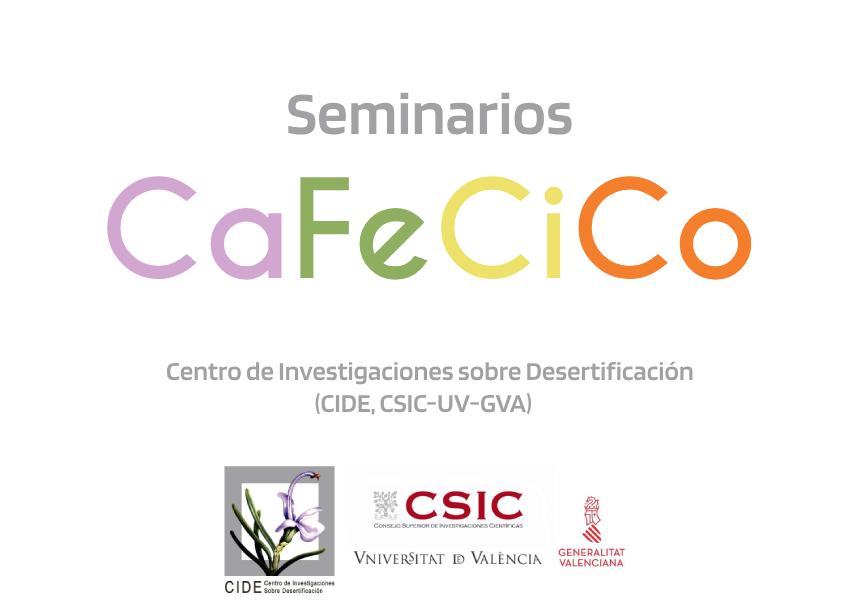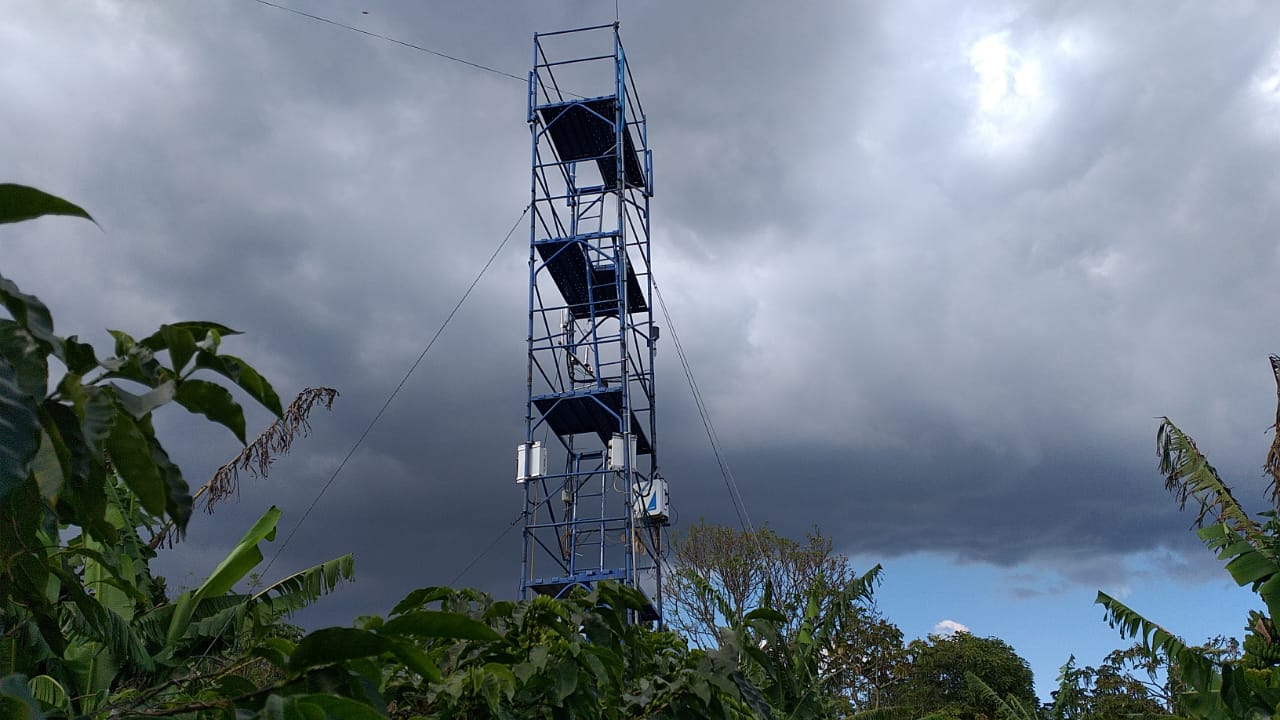
Abstract:
The representativeness of energy fluxes between the surface and the atmosphere is one of the major limitations of regional models, especially in mountainous regions and areas with fragmented vegetation. The scarcity of information on the boundary layer and the processes of interaction between the surface and the atmosphere hinder the process of model evaluation and calibration. Faced with the challenge of limited parameterizations and knowledge, a strategy is developed for the study of the soil-plant-atmosphere continuum. The establishment of a monitoring site and the integration of stable O, H, C, and N isotopes under experimental conditions that replicate a quasi-homogeneous canopy have expanded our knowledge of surface fluxes and the mechanisms that control precipitation at the local scale. This presentation shows the process of implementing the La Hilda monitoring site on the slopes of the Poás Volcano and the lessons learned during this process.

Taugh by: Ana María Durán, professor at the University of Costa Rica.
Date: Thursday, September 18th, at 11:00 a.m.
Place: IVIA conference room.
Carretera CV-315, km 10.7 (Ant. Carretera Moncada-Nàquera, km 4.5)-Moncada, València.
CIDE Communication










